If you’re keeping count (and you’re not), this is the third stop on my trip, and the first distillery outside of Georgia. Chattanooga Whiskey is another favorite distillery of mine. They call their bourbon style “Tennessee High Malt”, with each batch containing a minimum of 25% malted grain. They also produce rye and a series of limited edition spirits that have included amaros, aquavit, gin, single malts, infusions, and barrel finishes.
A bit of Tennessee booze history
After the end of Prohibition, Tennessee only allowed distillation in three counties (Coffee, Lincoln, and Moore). Strangely, the Tennessee legislature allowed another 41 counties (there are 95 counties in TN) to distill in 2009, but this didn’t include Hamilton County and Chattanooga. In 2011, Chattanooga Whiskey was founded, but as they were unable to actually distill whiskey in Chattanooga, they started sourcing bourbon from MGP in Indiana and sold it under the 1816 label (the year the community that would eventually become Chattanooga was founded). They launched the first of a series of campaigns to rally the public in support of distilling in 2011 and began lobbying local and state legislators in 2012.
The distillery founders eventually succeeded in changing state laws in 2013 but ran into a series of problems including the departure of a founder and problems with their initial distillery location. The company decided to open a small distillery (originally named Tennessee Stillhouse) on Market Street in 2015 while working on a new location for the main distillery. A year later they began building the main distillery in a former car dealership on Riverfront. The original distillery remains open as an experimental/pilot distillery and is the only location that offers tours.
Production areas
It’s not a large facility, and the entire production process lives in one room behind the gift shop. There are three fermenters, a Vendome mash cooker, a 100 gallon Vendome copper pot still with four bubble plates, a few drums for holding low and high wines, and a lab/bottling area.
A quick thing about the still capacity. The plate bolted to the still says the capacity is 135, but the distillery calls it a 100 gallon still. I’m assuming that the 35 gallon difference is the head space between the steam-jacketed pot and the bottom of the column, and you wouldn’t fill that space up with mash anyway, so it’s not really usable anyway. That’s just my guess, leave a comment if I’ve gotten this wrong.
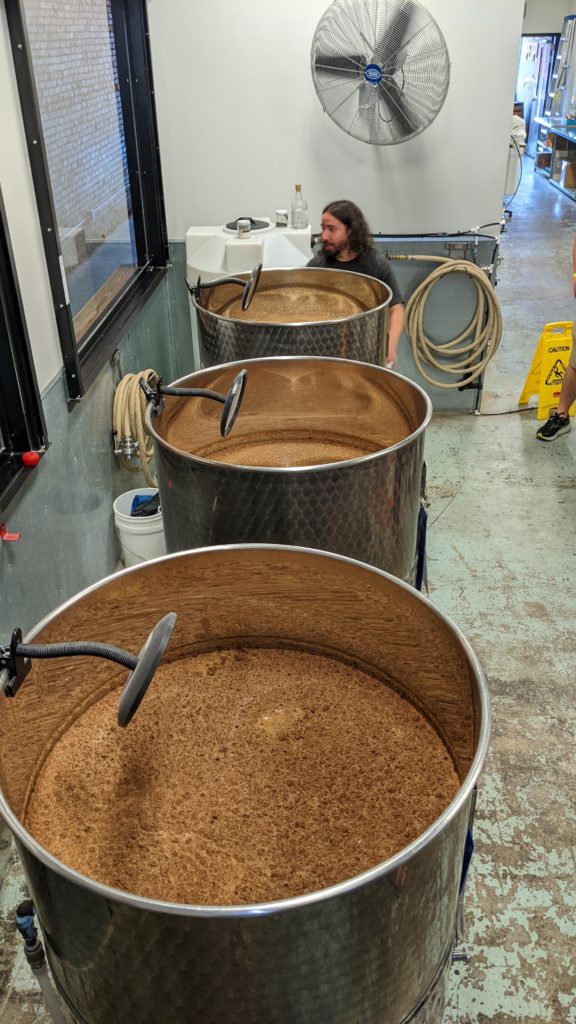
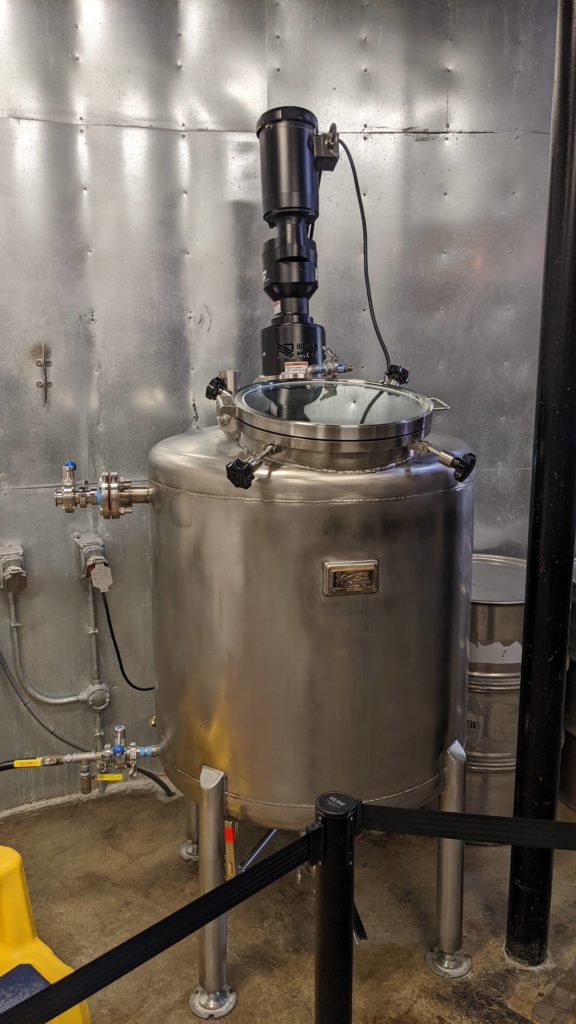
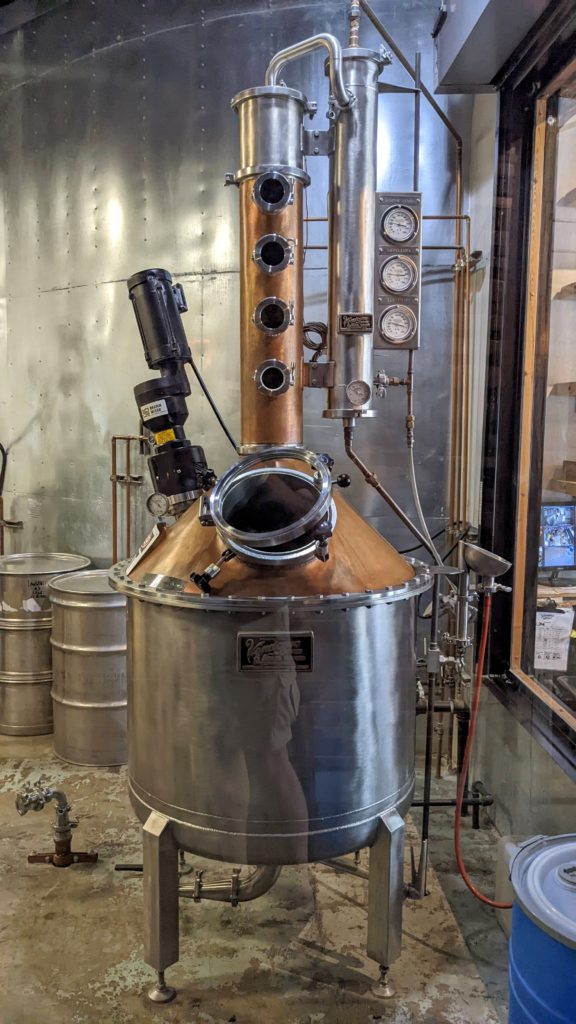
Aging
Casks are aged in the basement. They say that the basement can get pretty hot during production runs, as the boiler is also down there.
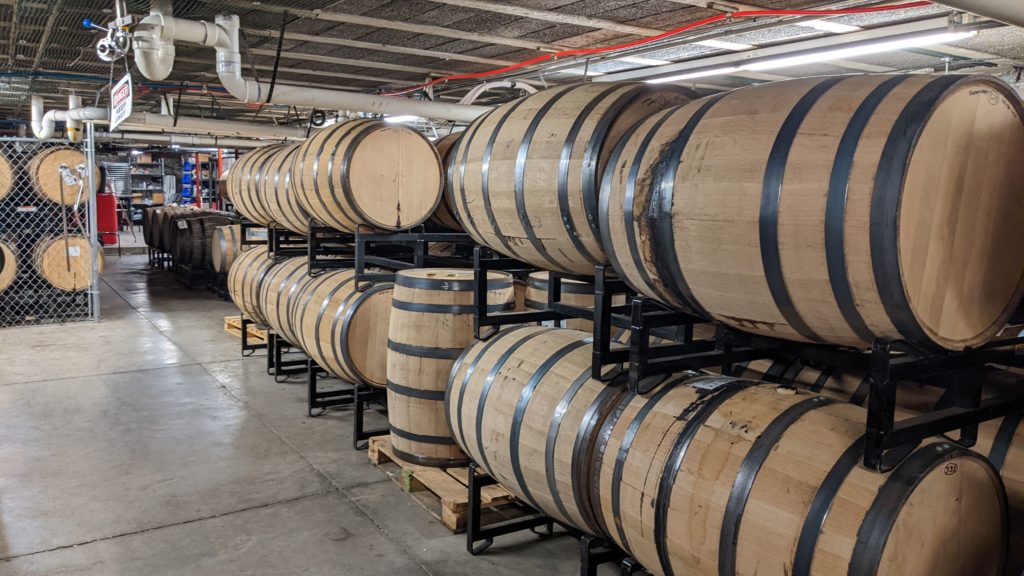
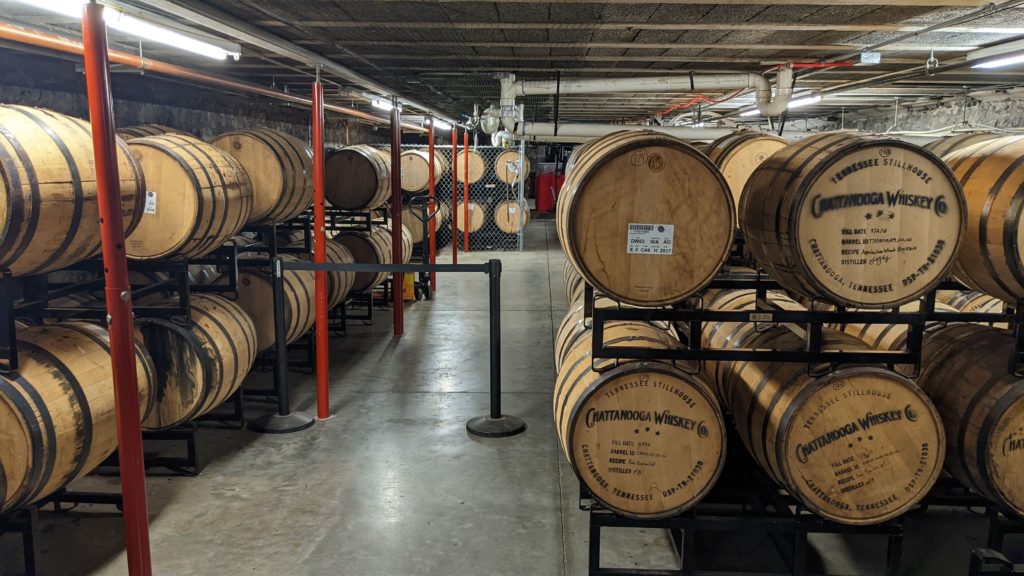
Remember, all of these are their experimental and limited release bottlings, not their regular releases. In the photo above, on the right one barrel is labeled “Appalachian Wheat Bourbon”, this might be one of the barrels in their current experimental Appalachian Grist release. Below that are two casks of Bow Bourbon, and nearby is a cask of peated bourbon.
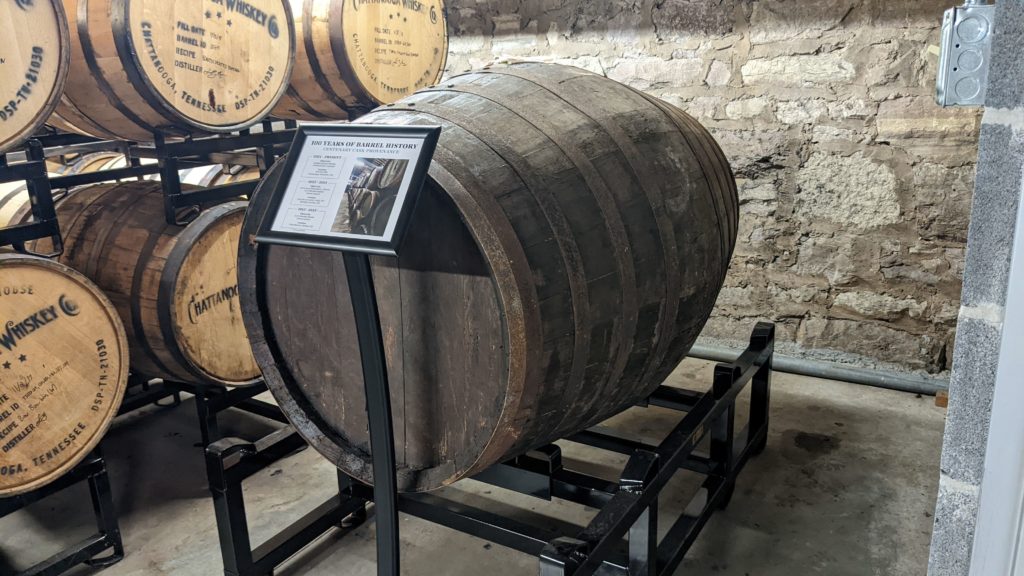
Just inside the door to the barrel room, you’ll find an old solera barrel from Spain. This cask spent its first 45 years from 1915-1955 at a bodega in Dona Mencia where it was part of a solera system aging sweet Montilla-Moriles wines. In 1955 it moved to another winery where it joined an oloroso sherry solera system until 2021, when it moved to Chattanooga where it’s now used for bourbon whiskey vattings.
It’s rare to find an actual ex-solera sherry cask. It’s much more common for distilleries to briefly store sherry in non-solera casks that are then sold as seasoned sherry casks to other distilleries. Real ex-solera sherry casks are few and far between and aren’t released by bodegas very often at all, so this is quite a find for them.
Tasting
Back upstairs, we headed to the tasting bar to try a flight of their whiskies.
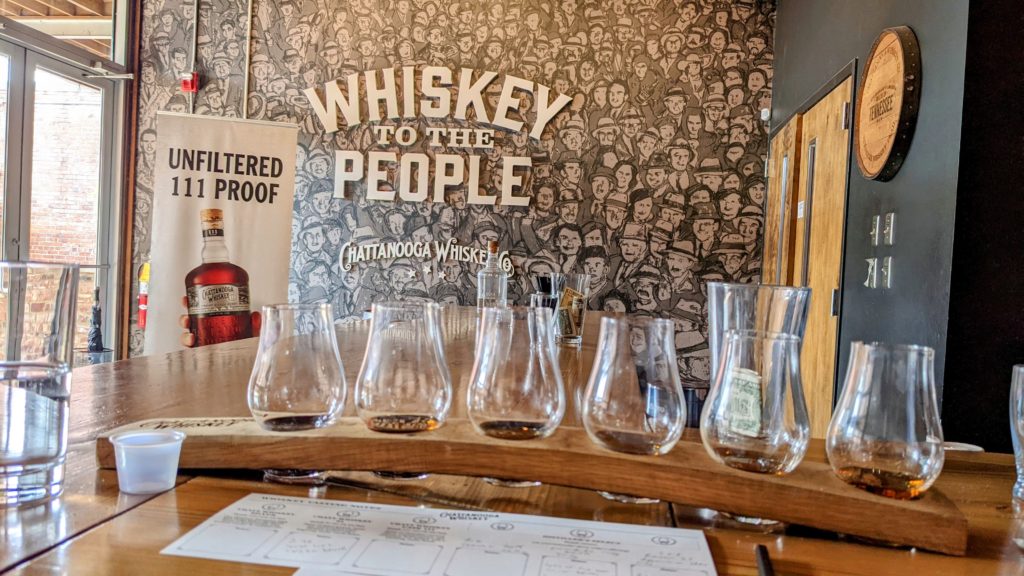
Their flights start with three of their standard releases followed by three selections from their experimental or limited releases.
The day I was there the flight consisted of:
- Silver (50%). Unaged high malt whiskey.
- 91 (45.5%). High malt whiskey vatted in a rarely-completely-emptied 4000 gallon barrel.
- Cask 111 (55.5%). Small batch (6-10 barrels), unfiltered high malt whiskey from one fermentation and distillation run.
- Bottled in Bond Straight Bourbon (50%). Spring 2018 vintage, single season barrels.
- Founder’s 10th Anniversary Blend (50%). Blend of original sourced MGP bourbon from their first release and Chattanooga Whiskey-produced bourbons.
- Experimental Batch 25 (51%). Appalachian Grist, a blend of rye/wheat malt whiskey and bourbon all from NC/TN/VA and malted in Asheville NC.
- 99 Rye (49.5%). This was in the small plastic cup at the left of the photo, and was only offered to those who asked for it. Like the Cask 111, it’s a small batch blend of 6-10 barrels and is unfiltered.
I’ve avoided calling their 4000 gallon vat a solera here because that’s a frequently abused term that I’m not really convinced applies here (if you disagree, please leave a comment with your thoughts).
Visit details
My tour was well done, the tour group was about ten people, and the guide did a good job explaining the whiskey production process and the distillery’s products. The tour was well-paced and accurate. Tours are scheduled, and staff are assigned to give the tours and run tastings. Tastings are at a bar next to the still room, and the tastings were also well executed with good explanations of each drink and time to ask questions without feeling rushed.
There’s a selection of merchandise and bottles for sale in front, and the shop staff were very friendly and helpful, even letting me run back to the distillery to get a couple quick photos of things I missed the first time.
They’re located at 1439 Market St in downtown Chattanooga, across from the Chattanooga Choo Choo. Their current hours are M-Sa 11-9, 11-6 on Sundays. Tours start at 12 and run hourly until an hour before closing. My tour and tasting was $14.50, you can reserve and pay online. I believe the bar in the tasting room is open for walk-in tastings outside of the scheduled tours, and they may also do cocktails as well, but tastings take priority so YMMV. Double check these details with them before visiting in case something has changed. Their website is https://chattanoogawhiskey.com/distilleries/experimental-distillery/
I stayed at the Moxy Hotel nearby, it was a fun hotel with a nice bar in the lobby (in fact, reviews of the hotel point out that the hotel front desk is actually at the bar). It’s an easy walk from the hotel to the distillery and pretty much anything else downtown. Folks at the distillery recommended Main Street Meats for dinner, it’s a butcher shop but also an excellent restaurant with a great selection of whiskies. I met the owner, and he mentioned he owns another restaurant in town with an even better whiskey selection, but I don’t remember the name and can’t find it online right now, but it’s worth asking if you’re in town.
Also, if you’re in town, I heard about a nanodistillery based in the Chattanooga Choo Choo station after I’d already left the US. Gate 11 Spirits appears to make vodka and gin themselves from base materials (which is rare), as well as their own whiskeys (single malt and a sourced bourbons and ryes while their own ages), rums, and absinthe. I’ve never tried anything from them, but if you’re in town it could be worth a visit and I’ll pop in the next time I’m in Chattanooga.

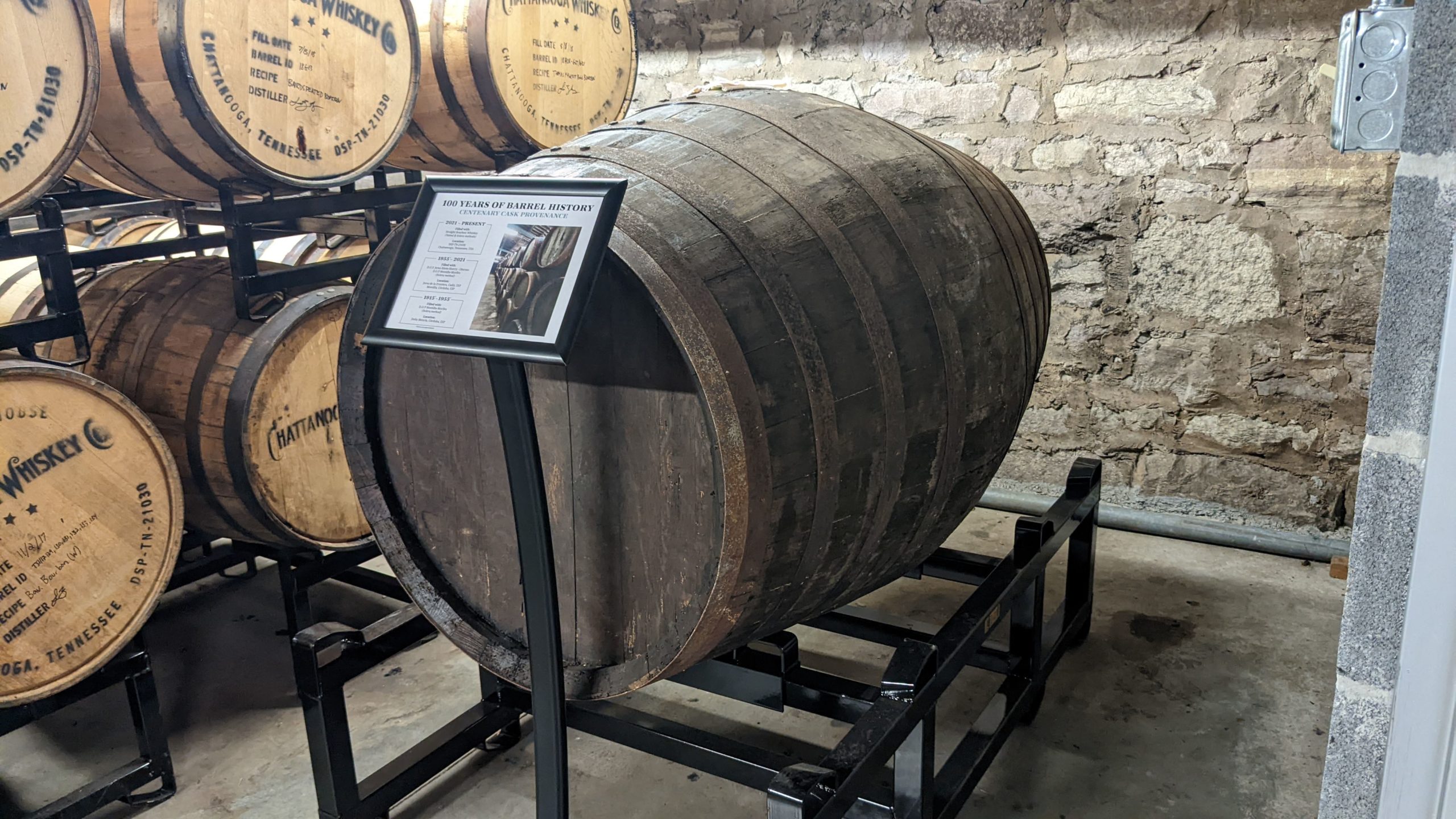
2 thoughts on “Stopping in at Chattanooga Whiskey’s experimental distillery”